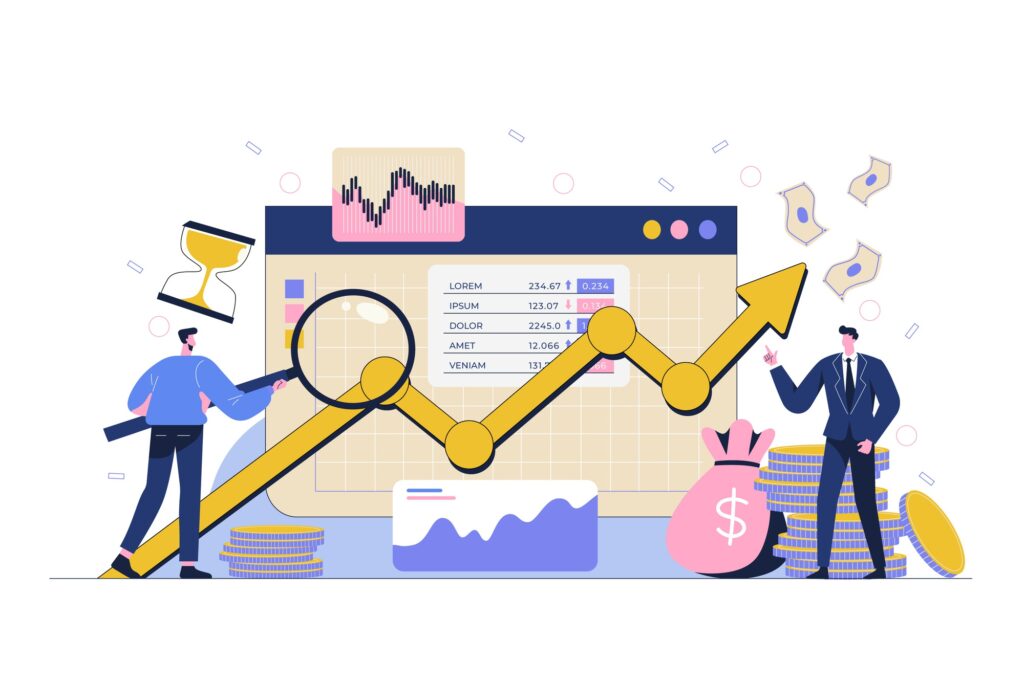
Over the past decade or so, investors have also experienced a historically low level of volatility. This is mostly because the Federal Reserve did things that had never been done before after the Great Recession.
The Fed poured much money into the capital markets and kept the federal funds rate nearly zero for about ten years. The resulting situation, which most people thought couldn’t last, was great for borrowers and stock investors but very hard for savers and investors in fixed-income securities.
In 2017, the Fed tried quickly to get rates back to normal. However, the COVID-19 pandemic caused it to backtrack and put its benchmark rate at zero, where it stayed for almost two years.
Now that inflation is rising quickly, the Fed has raised the federal funds rate to 3% and seems ready to raise it even more. This big rise has greatly affected loans of all kinds and for all lengths of time.
It has also made the stock market more volatile and increased economic uncertainty worldwide, which has been made worse by the war in Ukraine. All of this makes investors very nervous, which is why this post aims to show you six things you can do to build a portfolio of safe investments.
Establish a Cash Reserve
Investing is a good way to get rich. But you would be better off setting up a good cash reserve before putting your money into assets vulnerable to price changes, possible capital loss, and liquidity lockups.
If you have a good budget, have paid off any bad debt, and have an emergency fund with enough money to cover at least six months of expenses, it’s time to start investing and taking advantage of the power of compound interest.
Your bottom line will be better off if you do this as soon as possible. A high-yield savings account is the best place for your cash reserve. The most competitive organizations are currently selling 2.00% to 3.00% interest.
Determine Your Time Investment Horizon
The basis of any investment portfolio is a guesstimate of your time horizon, or how long it will be before you use your initial investment and any earnings you’ve made on it. The longer your time horizon is, the more growth you can expect and the more risk you can take.
On the other hand, the shorter your time horizon, the less growth you can expect and the fewer risks you can take. Generally, a time horizon of 10 years or less is short, and a time horizon of more than ten years is long.
Learn about the key asset classes.
Most investors can choose from stocks, bonds, commodities, annuities, and cash traded on public markets. Most of the time, the price volatility of these assets tells us how risky they are. Using this standard, I’ve shown below a breakdown of some of the lowest-risk asset classes to the riskiest.
The assets on the left side of the diagram are best for investors who want to play it safe. They care more about keeping their money safe and making money than about growing. Ensure you fully understand anything you invest your cash into before you do.
This means you must do basic research on these easy-to-find asset classes or, better yet, get help from a trusted financial advisor. If you need help but don’t want to spend much money, ask a family member or find a robo-advisor.
Set up a smart strategy for allocating your assets.
Once you’ve thought about how long you want to invest and know the right asset classes, it’s time to develop an asset allocation strategy. It needs to have a high level of liquidity and give you stability and a lot of income. Your cash reserve can help you reach the first goal. Investment-grade bonds can help you reach your second and third goals.
Also, don’t forget how important it is to add a growth component to your portfolio. Buying large-cap defensive stocks is the safest way to do this, especially in the utilities and consumer discretionary sectors. These stocks do well even when the economy is bad, and they pay out reliable dividends.
Use Effective Investment Vehicles
Buying individual investments is not a good way to build a portfolio of conservative investments. It’s too expensive, takes too much time, and probably won’t give you the best level of diversification. Exchange-traded and mutual funds are much better investments, like funds, but they cost less.
Both vehicles can give investors access to a wide range of assets or a group of assets, and they are backed by some of the largest and most trusted investment companies in the world. ETFs trade just like stocks. They can be bought and sold all day long at changing market prices.
At the same time, transactions with open-ended mutual funds are done directly with the fund company at prices set at the end of every trading day based on the fund’s underlying assets. Mutual funds can indeed be actively or passively managed. Most ETFs are passively managed and don’t cost too much. They follow well-known indices like the S&P 500 and the Nasdaq Composite.
Rebalance your investment portfolio.
Be careful to keep an eye on your portfolio and rebalance your investments back to your strategic allocation of assets regularly. Assuming there are no new sources of cash, this involves selling some of the assets that are doing well and buying more of the ones that are doing poorly.
Rebalancing is unnecessary if you work with a robo-advisor or even a full-service financial advisor. This task is part of their services and will be done automatically, predicated on your agreements when you start working with them.
